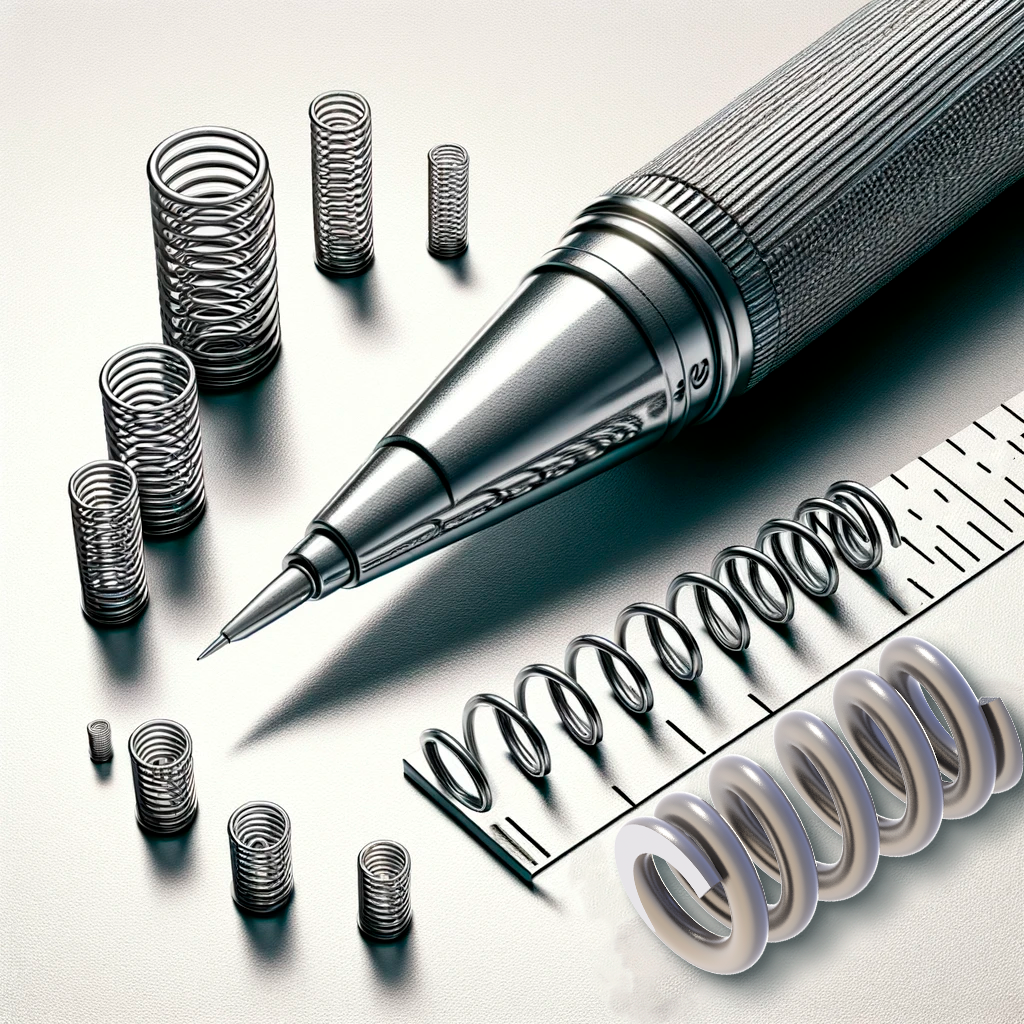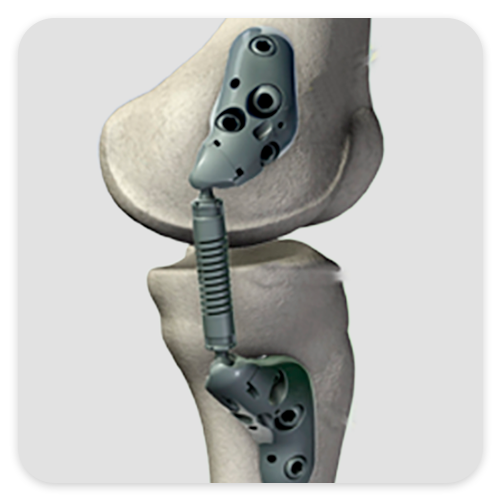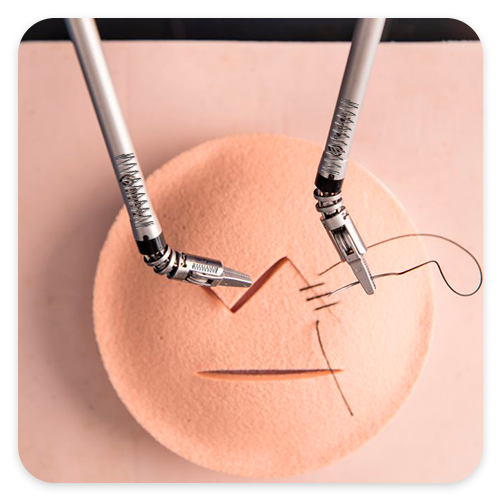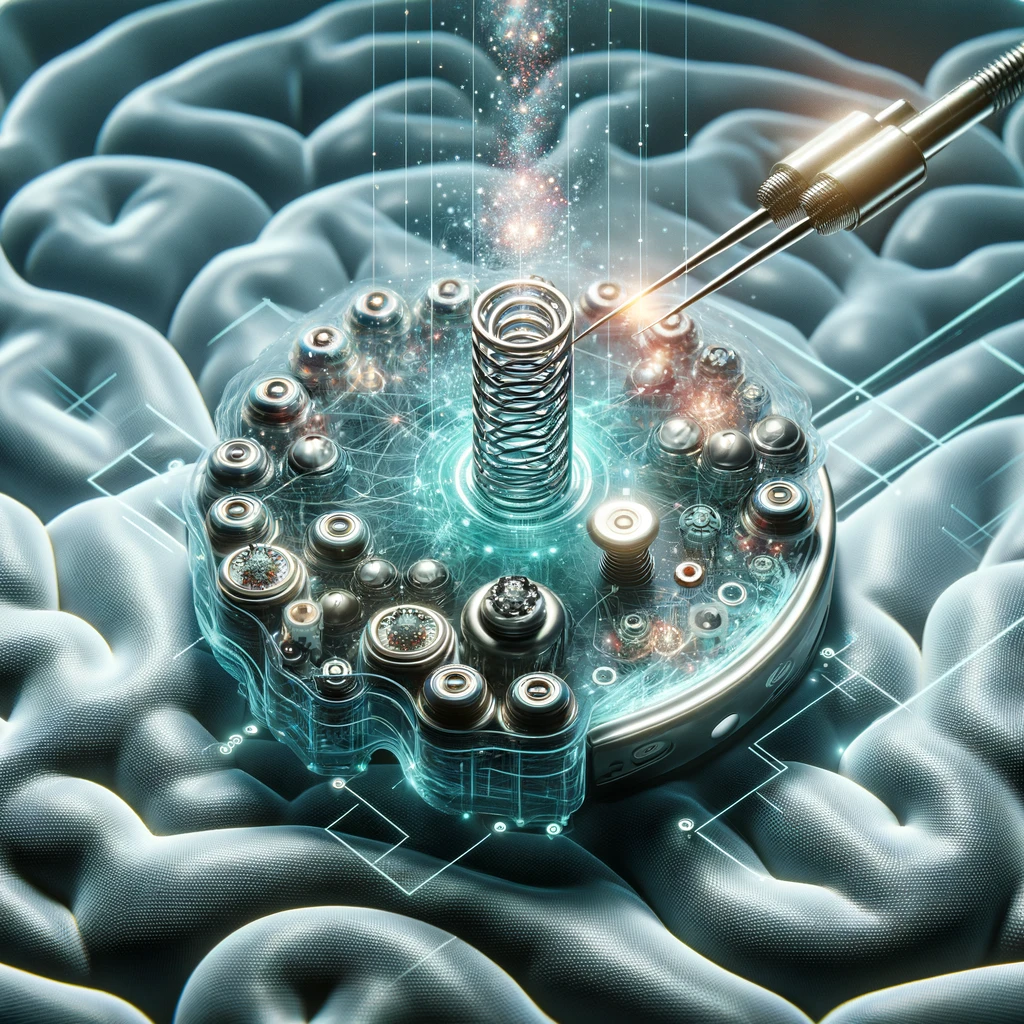Small Components, Big Impact: Micro Springs in Medical Applications
Small Components, Big Impact: Micro Springs in Medical Applications
In the realm of medical device manufacturing, the significance of small components like micro springs cannot be overstated. These tiny yet essential elements play critical roles in a wide array of medical instruments and devices, from minimally invasive surgical tools to implantable medical devices. This article delves into the world of micro springs, exploring their applications, design challenges, and the innovative solutions that have made them indispensable in modern medical technology.
The Essential Role of Micro Springs
Micro springs are engineered to perform precise functions in devices where space is at a premium and reliability is paramount. Their applications span a diverse range of medical equipment, including endoscopic tools, wearable health monitors, and drug delivery systems. For instance, in laparoscopic surgery, micro springs are used in the mechanisms of surgical scissors and clamps, enabling surgeons to operate with greater precision and flexibility. Similarly, in wearable devices like insulin pumps, micro springs ensure the accurate delivery of medication, directly impacting patient care and quality of life.


Case Studies Highlighting Micro Springs' Impact
Auto-Injectors
A prime illustration of micro springs' significance is observed in the development of auto-injectors, used for the swift administration of life-saving drugs. These devices depend on micro compression springs to generate the force necessary for rapid medication delivery. A breakthrough came when a medical company asked Acxess Spring to develop a custom micro spring solution tailored for next-generation auto-injectors. This innovation entailed utilizing superior materials and precision engineering to produce springs that deliver consistent force over extensive use cycles, thereby ensuring device dependability and enhancing patient safety.


Orthopedic Implants
Another compelling case study involves their application in orthopedic implants, like bone screws and joint replacements, where micro springs are employed to facilitate dynamic compression and promote bone healing. The precise engineering of these springs is crucial for maintaining the balance between flexibility and strength, ensuring the implant's longevity and functionality.
Innovative Solutions and Design Challenges
Designing and manufacturing micro springs for medical applications present unique challenges. These include ensuring biocompatibility, achieving exceptional precision, reliability, meeting rigorous regulatory requirements, and handling the materials' intricate properties. Titanium and stainless steel are preferred for their robustness, flexibility, corrosion resistance, and compatibility with the human body.
Recent advancements have seen the use of super-elastic materials like Nitinol, a nickel-titanium alloy celebrated for its shape-memory capabilities. Nitinol springs can endure significant deformations yet return to their original form, making them ideal for implantable devices requiring adaptability to the body's movements.
The Crucial Role of Micro Springs in Minimally Invasive Surgery
The advent of minimally invasive surgery (MIS) marked a paradigm shift in medical treatment, offering shorter recovery times and diminished complication risks. Micro springs are vital in the instruments employed in these procedures, facilitating complex movements through small incisions, thereby enhancing patient outcomes.
A notable application is the use of micro torsion springs in laparoscopic tool articulation mechanisms. These springs provide the necessary tension and adaptability, allowing the instruments to bend and rotate precisely, reflecting the surgeon's hand movements with high fidelity.


Pushing the Boundaries with Advanced Testing Tools
The complexity of designing micro springs for medical applications necessitates the use of advanced testing and simulation tools to ensure their performance and reliability. In this context, Acxess Spring's Spring Creator 5.0 and the Online Spring Force Tester within Spring Creator emerge as pivotal innovations. These tools enable engineers and designers to simulate the behavior of springs under various conditions accurately, streamline the design process, and expedite the development of prototypes.
Spring Creator 5.0 offers an intuitive interface and comprehensive analysis capabilities, allowing designers to adjust parameters like wire diameter, coil count, and material type. This facilitates the optimization of spring designs for specific applications, ensuring they meet the rigorous demands of medical devices.
The Online Spring Force Tester further complements this by providing a platform for real-world testing of spring force under different loads and environments. For the first time in history one can see the springs safe deflection movements and their max load operate before your eyes. This tool is invaluable for validating the performance of micro springs in conditions that mimic their actual use in medical devices, ensuring they operate reliably over their intended lifespan.


Expanding the Horizon: New Applications and Future Directions
The potential applications for micro springs in the medical field are expanding as technology advances. Current research includes exploring their use in neural implants to address neurological disorders, where the springs' durability and functionality in the body's challenging environment are critical.
Moreover, the shift towards personalized medicine and the growing demand for portable and wearable medical devices are driving innovation in micro spring design and application. The development of smart drug delivery systems, which adjust dosages based on real-time patient data, exemplifies the future role of micro springs in healthcare.
Conclusion
Micro springs may be small in stature, but their contribution to the medical industry is immense. Through engineering innovation and material science advancements, these components have become foundational to the functionality and reliability of a broad spectrum of medical devices. The continuous evolution of technology and the increasing demand for sophisticated medical solutions underscore the ever-growing significance of micro springs in healthcare. Tools like Acxess Spring's Spring Creator 5.0 and the Online Spring Force Tester are at the forefront of this innovation, enabling the rapid development and testing of micro springs that meet the exacting standards of medical applications. As we look to the future, the research and development in this field promise to unveil new breakthroughs, further enhancing medical device capabilities and, ultimately, improving patient care.





